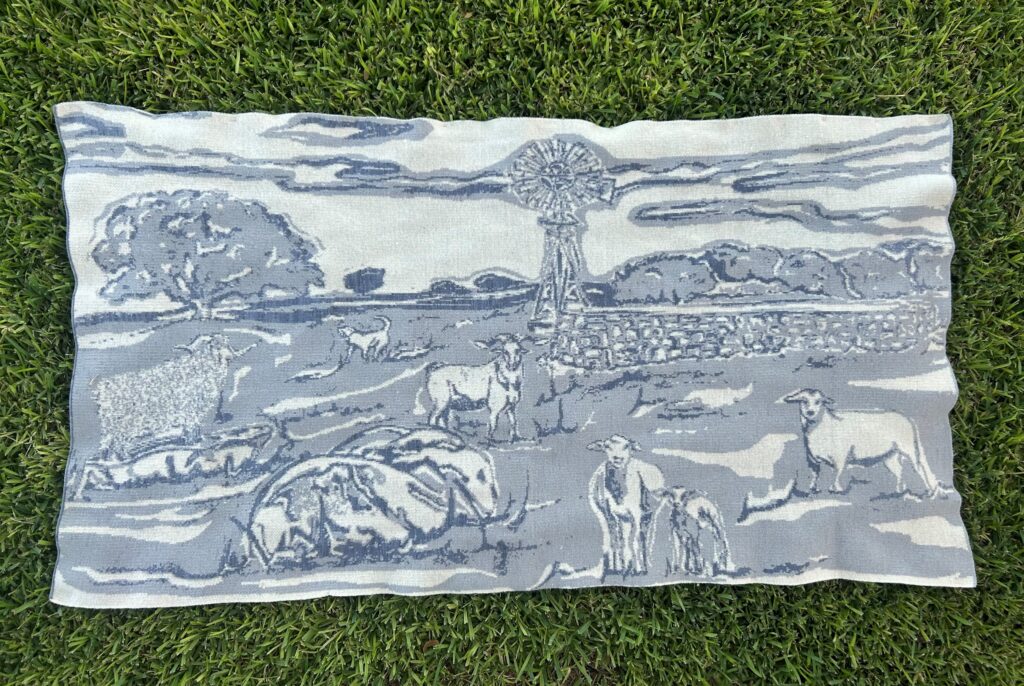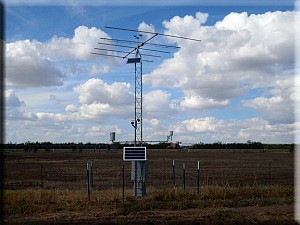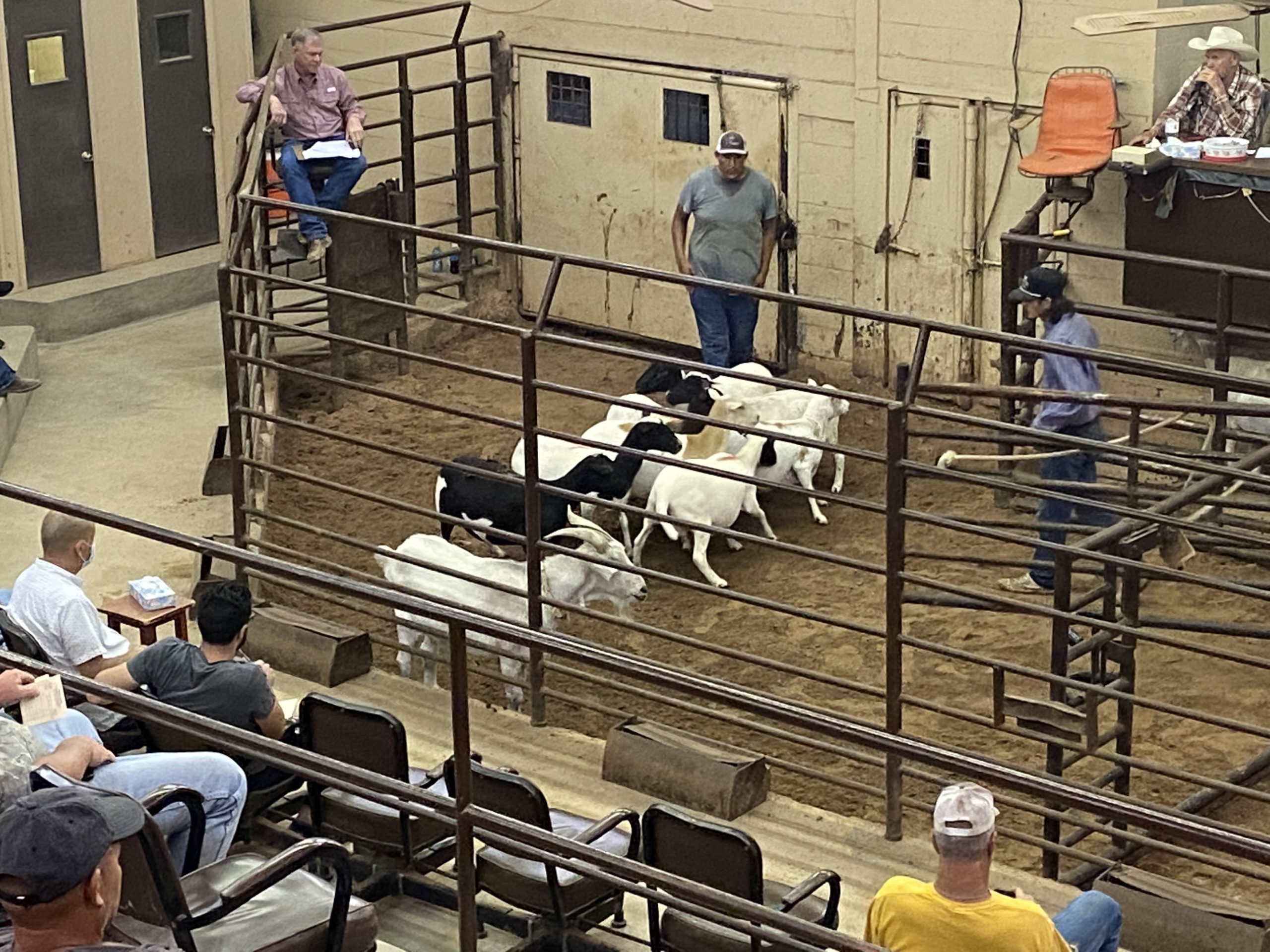Linked information:
- To assist in wheat variety selection, Wheat Varieties Disease and Insect Ratings for West and Central Texas (2 pages) and Small Grain Notes (22 pages).
- Disease section 14 color templates and discussion of 24 diseases.
- Weed control section discusses crop rotation, mechanical methods and herbicides to insure a successful weed control program at minimum cost. Select herbicides based on specific weed or grass problems encountered in each field and rotational crop intentions (3 pages).
- Insect section describes methods for determining infestation levels, the need for insecticidal applications and the insecticide to apply (14 pages).
- Marketing tools and strategies section discusses a wide array of marketing tools available for small grain producers. Linked from this section is pages of market related information (40 pages).




